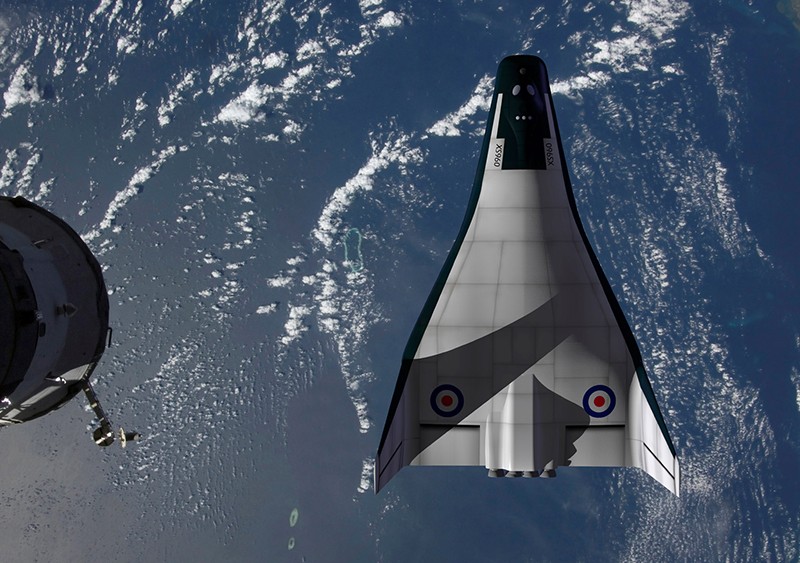Soar to New Heights with Delta’s Iconic Wing-Tipped Triangular Aircraft
Early deltas
Triangular stabilizing fins for rockets were described ca. 1529-1556 by Conrad Haas and in the 17th century by Kazimierz Siemienowicz.
The lifting delta wing was pioneered by Alexander Lippisch in Germany after WWI, initially using a very gentle angle so that the wing appeared almost straight. He flew the first tailless delta aircraft in 1931, followed by four improved designs. None of these designs were easy to handle at low speed and none saw widespread service.
During WWII Lippisch studied a more advanced tailless delta wing of greater angle intended for high-speed and even supersonic flight, for use in interceptor aircraft. One progressed as far as a glider prototype.
The British later developed jet aircraft based on the data from Lippisch, notably the Avro Vulcan strategic bomber and the Gloster Javelin fighter. The Javelin incorporated a tailplane in order to rectify some of the perceived weaknesses of the pure delta, to improve low-speed handling and high-speed manoeuvrability and to allow a greater center of gravity range.
Supersonic deltas
In America Robert T. Jones, working at NACA during World War II, developed a theory for supersonic delta wings. First published in January 1945, this approach differed from Lippisch’s earlier work on thick delta wings by combining a delta planform with a thin airfoil. This design proved to be superior and would form the basis of all practical supersonic deltas such as those first made by Convair.
The tailless delta became a favored design for high-speed aircraft, and was used almost to the exclusion of other designs byConvair and by Dassault Aviation, notably with the Dassault Mirage III. The F-102 Delta Dagger and Douglas F4D Skyray were two of the first operational jet fighters with a tailless delta wing when they entered service in 1956.
The tailed delta configuration was again adopted by the TsAGI (Central Aero and Hydrodynamic Institute, Moscow), to take advantage of both high angle-of-attack flying capability and high speeds. It was used in the MiG-21 (“Fishbed”) and Sukhoi Su-9/Su-11/15 fighters, built by the tens of thousands in several different communist countries
(photos: Lippisch DM1 – by Matthias Oberhauser | Delta Dart – by Nasa | Concorde – Eduard Marmet)
- Post Tags:
- configuration
- design projects
- Posted In:
- Aeronautical Design
admin
All stories by: adminYou might also like
3 comments
-
-
Melissaduh
Wow this blog is great i love reading your posts. Keep up the great work!
-







Juliepeede
Good post! I read your blog often and you always post excellent content.